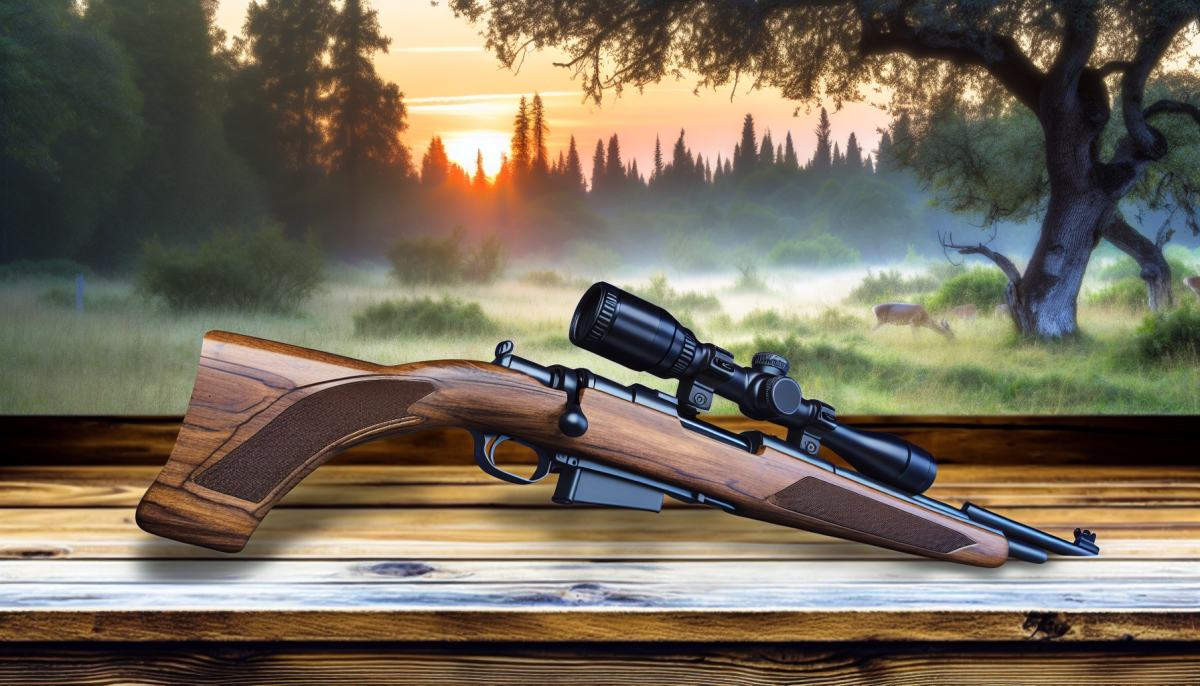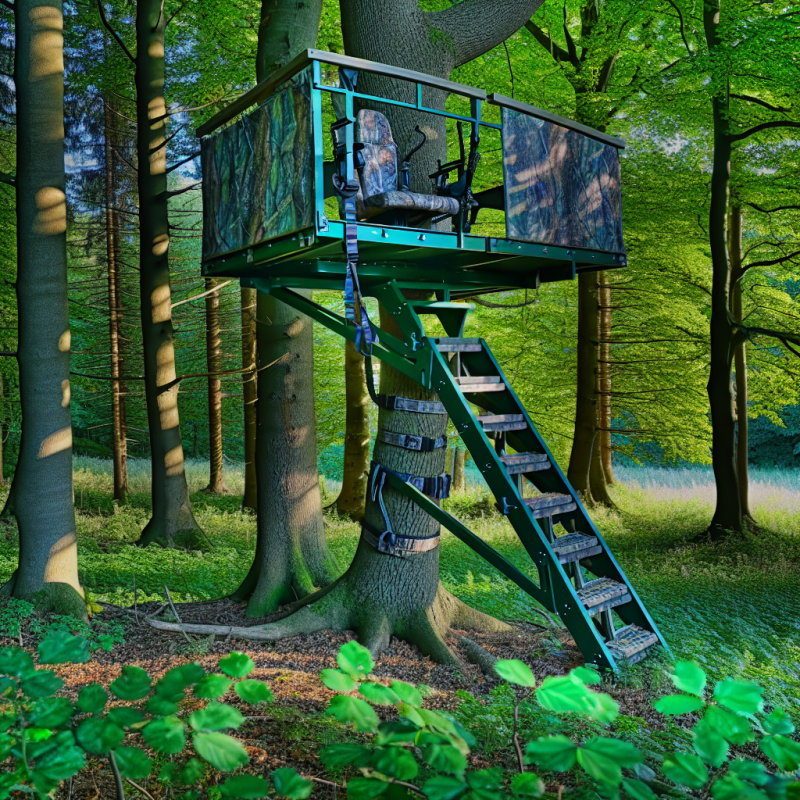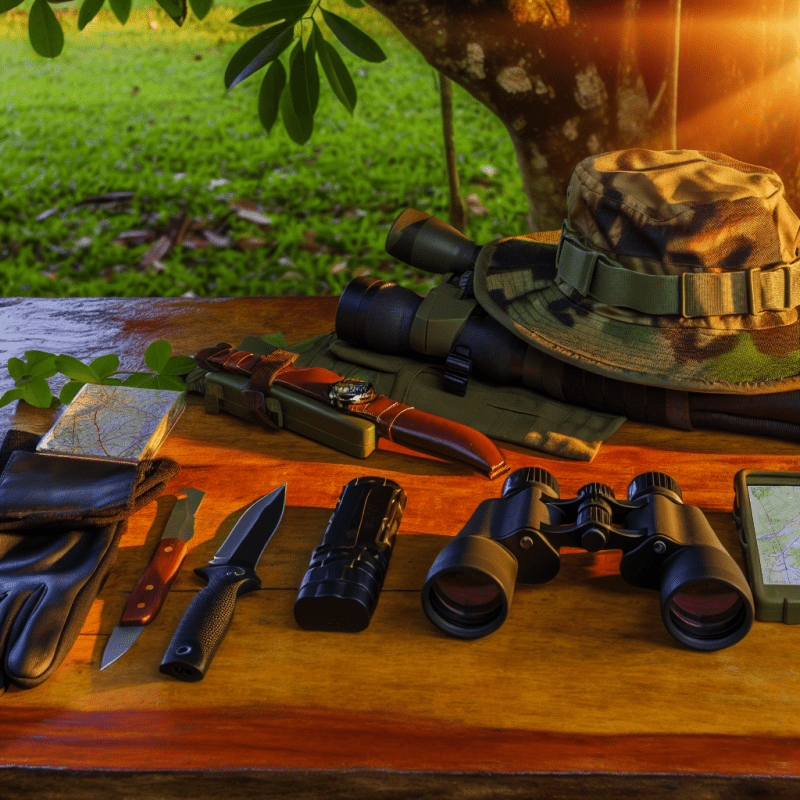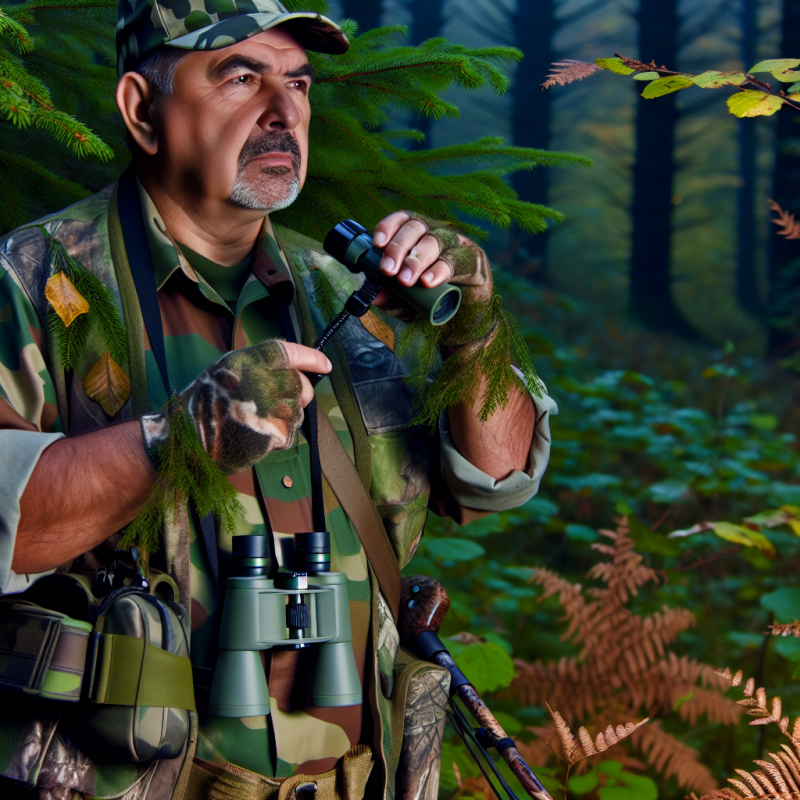When you're out in the woods hunting, safety should always come first. The thrill of the chase can sometimes overshadow the importance of staying safe. Here are some essential safety practices to keep in mind:
Implementing these safety practices helps ensure that not only you but also everyone around you has an enjoyable hunting experience. Always remember: safety never goes out of style when it comes to hunting!
Understanding Your Firearm and Its Features
Start with the basics. Know your gun’s primary parts: the barrel, trigger, magazine, and safety mechanism. Understanding how these components work individually and together helps ensure you’re using your firearm correctly. For instance, knowing how to engage the safety can save you from an accidental discharge.
Next, familiarize yourself with any special features your firearm might have. Some guns come with adjustable sights, which can help you shoot more accurately from a distance. Others may have recoil pads to make shooting more comfortable. Read the owner’s manual; it’s packed with valuable information about performance and maintenance.
It’s also important to understand the ammunition your firearm uses. Different types of ammo can affect how your gun performs, so make sure you’re using the right ones for your specific model. Plus, have a basic understanding of how to load and unload your firearm safely—this is a skill worth practicing in a controlled environment.
Tips for Safe Handling and Storage
When it comes to hunting firearms, safety is non-negotiable. Whether you’re a seasoned pro or just starting out, keeping your gun in top shape and safely stored is crucial. Here are some tips to help you handle and store your hunting gun safely.
1. Always Treat Your Gun as if It's Loaded
It’s easy to fall into a routine and forget how serious gun safety is. Always assume your gun is loaded, even if you’re certain it’s not. This mindset helps prevent accidental discharges and keeps everyone around you safe.
2. Use a Gun Safe
When you’re not using your gun, make sure it’s stored in a secure gun safe. This keeps it out of reach from kids and unauthorized users. Whether you choose a biometric safe, a keyed lock, or a combination lock, pick one that suits your needs and space.
3. Keep Guns Clean and Maintained
A well-maintained gun is a safer gun. Regularly check for any dirt or rust, and clean it according to the manufacturer’s guidelines. This ensures it functions properly when you need it, reducing any chance of mishaps due to neglect.
4. Store Ammunition Separately
Always store your ammunition in a location separate from your firearm. Using a locked container or safe for your ammo means you can minimize the risk of accidents. Plus, it keeps your supplies organized and easy to find when it's time to hit the field.
Staying Aware of Your Surroundings
Before you head out, make a mental note of your hunting area. Familiarize yourself with the layout, including any trails, water sources, and potential hazards. Bring a map or a GPS device, and know the locations of safe zones where you can check your equipment or take a break. When on the hunt, make it a habit to look around regularly. You never know when a deer might step out or if another hunter is nearby.
Communication is also key. If you’re hunting with friends or family, set up a system to keep each other informed about your locations and movements. Whistle signals or brightly colored gear can help you spot each other easily. Always let someone know where you’re going, especially if you’re heading into remote areas.
Lastly, pay attention to changing conditions. Weather can shift quickly and affect visibility or terrain. If it starts to rain or the winds pick up, reassess your surroundings. Being cautious and adapting to changes keeps you, your companions, and the wildlife safe while you enjoy your hunt.



